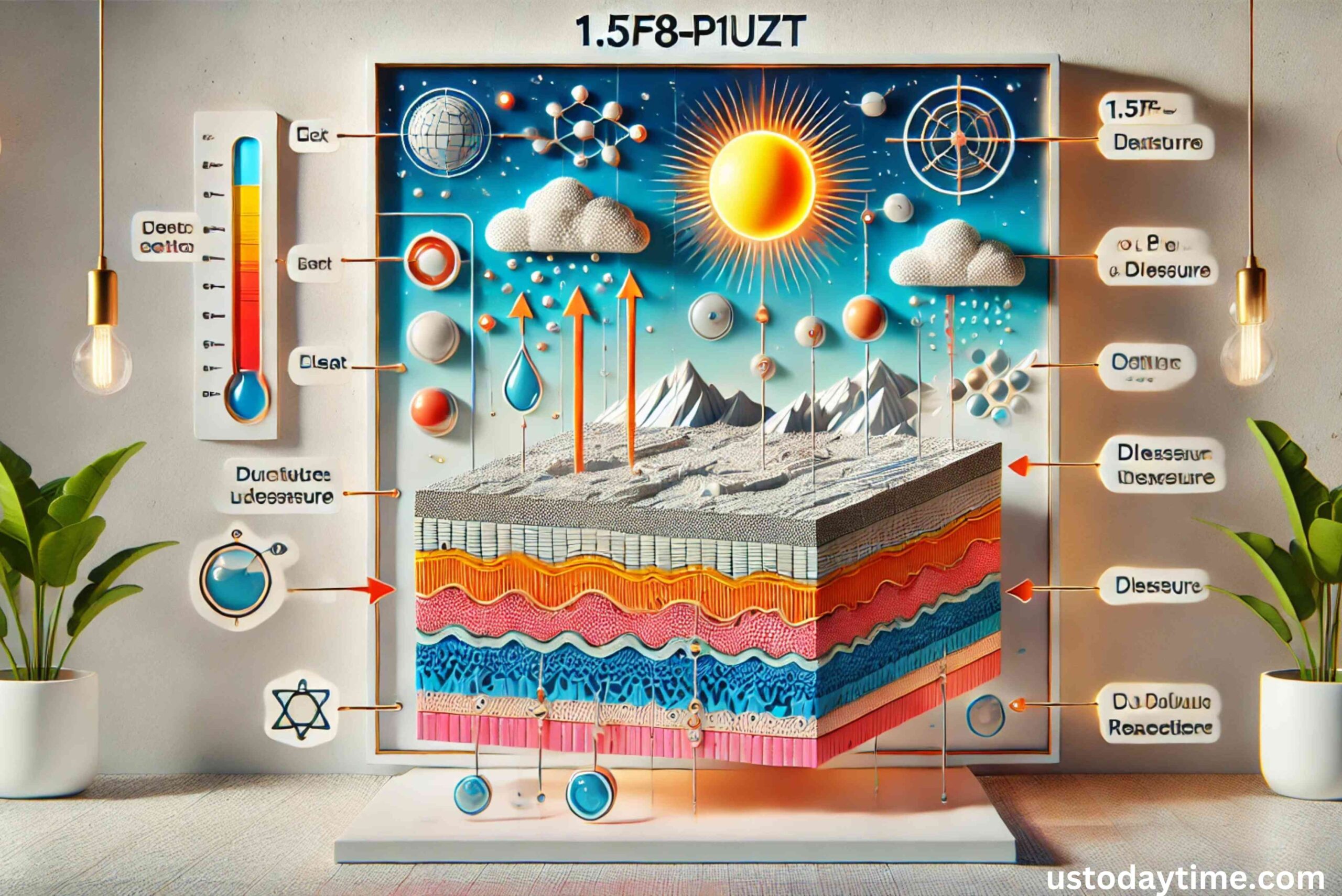Introduction to 1.5f8-p1uzt Texture
Have you ever wondered how certain materials feel different when touched or why specific surfaces have unique textures? One such intriguing topic is the mysterious ‘1.5f8-p1uzt texture.’ While the term may sound complex, we’re here to break it down in a way that’s easy to understand.
In this article, we’ll explore the science behind 1.5f8-p1uzt texture, how it works, and why it matters in everyday applications. Whether you’re a curious reader or someone looking to learn something new, you’ll find this guide helpful and engaging.
What is 1.5f8-p1uzt Texture?
At its core, ‘1.5f8-p1uzt texture’ refers to a specific surface pattern or structure that provides a unique tactile sensation when touched. Think of it like how velvet feels soft and smooth compared to rough sandpaper. This specific texture has garnered attention for its distinct properties and potential applications across industries.
How is Texture Scientifically Defined?
In scientific terms, texture refers to the physical composition of a surface and its interaction with external stimuli, like touch. Texture can be smooth, rough, bumpy, or patterned, influencing how we perceive materials. The 1.5f8-p1uzt texture falls into a specialized category characterized by a repeating micro-pattern that delivers consistent tactile feedback.
The Origin of 1.5f8-p1uzt Texture
The development of 1.5f8-p1uzt texture began in material science laboratories, where researchers sought to create surfaces with enhanced sensory properties. By manipulating surface microstructures, they achieved a pattern that could be consistently replicated, thus giving birth to this unique texture.
How Does 1.5f8-p1uzt Texture Work?
So, how exactly does it work? The secret lies in the microscopic ridges and valleys embedded in the surface. These structures interact with our skin’s nerve endings, creating a distinctive tactile experience. Imagine running your fingers over tiny, evenly spaced bumps—this is essentially how the 1.5f8-p1uzt texture feels.
Common Applications of 1.5f8-p1uzt Texture
This unique texture isn’t just for show; it has numerous practical applications:
- Consumer Products: Used in electronics for better grip.
- Medical Devices: Enhances tactile feedback for precision instruments.
- Automotive Industry: Applied to interior surfaces for aesthetic appeal and functionality.
- Construction Materials: Improves durability and user experience.
Benefits of Using 1.5f8-p1uzt Texture
There are several benefits to using 1.5f8-p1uzt texture:
- Enhanced Grip: The texture provides better control, especially in wet conditions.
- Improved Aesthetics: Its unique pattern adds a premium feel to products.
- Durability: Surfaces with this texture often exhibit increased resistance to wear and tear.
Challenges in Creating 1.5f8-p1uzt Texture
While the benefits are clear, creating this texture isn’t without its challenges. Manufacturing such precise patterns requires advanced technology and stringent quality control. Any slight deviation can alter the texture’s feel and performance.
Comparisons with Other Textures
Against other common textures, how does 1.5f8-p1uzt texture stand?
- Smooth Textures: Offer less grip but better visual appeal.
- Rough Textures: Provide more friction but can be uncomfortable.
- Patterned Textures: Like 1.5f8-p1uzt, they balance aesthetics and functionality.
Future Developments in 1.5f8-p1uzt Texture
As technology advances, we can expect even more refined versions of 1.5f8-p1uzt texture. Researchers are exploring self-healing materials and adaptive textures that can change based on external conditions.
How to Identify 1.5f8-p1uzt Texture?

Identifying this texture involves both visual inspection and tactile testing. The surface should exhibit a consistent, repeating micro-pattern, and when touched, it should provide a unique, slightly raised feel.
Understanding the Surface Interactions
Surface interactions play a crucial role in determining texture properties. The 1.5f8-p1uzt texture interacts differently with various materials, affecting grip, friction, and even heat transfer.
Factors Affecting 1.5f8-p1uzt Texture
Several factors can influence how this texture is perceived:
- Material Composition: The base material affects texture sharpness.
- Pattern Precision: Any deviations can change the tactile experience.
- External Conditions: Temperature and moisture levels can alter how the texture feels.
Environmental Impact of 1.5f8-p1uzt Texture
Sustainability is an important consideration. The production of 1.5f8-p1uzt texture involves advanced manufacturing processes, which may have environmental implications. Researchers are working on eco-friendly methods to produce these textures with minimal waste.
Industry Standards and Guidelines
To ensure consistency and safety, industry standards have been established. These guidelines dictate how 1.5f8-p1uzt texture should be manufactured and tested, ensuring high-quality results for end users.
Conclusion
The science behind 1.5f8-p1uzt texture is both fascinating and practical. From its origins in material science to its diverse applications, this texture has proven to be more than just a surface feature—it’s a game-changer in various industries. As research continues, we can look forward to even more innovative uses and developments.
FAQs
1. What makes 1.5f8-p1uzt texture unique?
The unique micro-pattern of 1.5f8-p1uzt texture provides a distinct tactile experience, setting it apart from other textures.
2. Can 1.5f8-p1uzt texture be applied to any material?
While it can be applied to various materials, the effectiveness depends on the base material’s properties.
3. Is 1.5f8-p1uzt texture eco-friendly?
Efforts are being made to develop more sustainable production methods for this texture.
4. How do you maintain surfaces with 1.5f8-p1uzt texture?
Regular cleaning with non-abrasive materials helps maintain the texture’s integrity.
5. Where can I experience 1.5f8-p1uzt texture in everyday life?
You can find it in high-end electronics, automotive interiors, and specialized medical devices.
